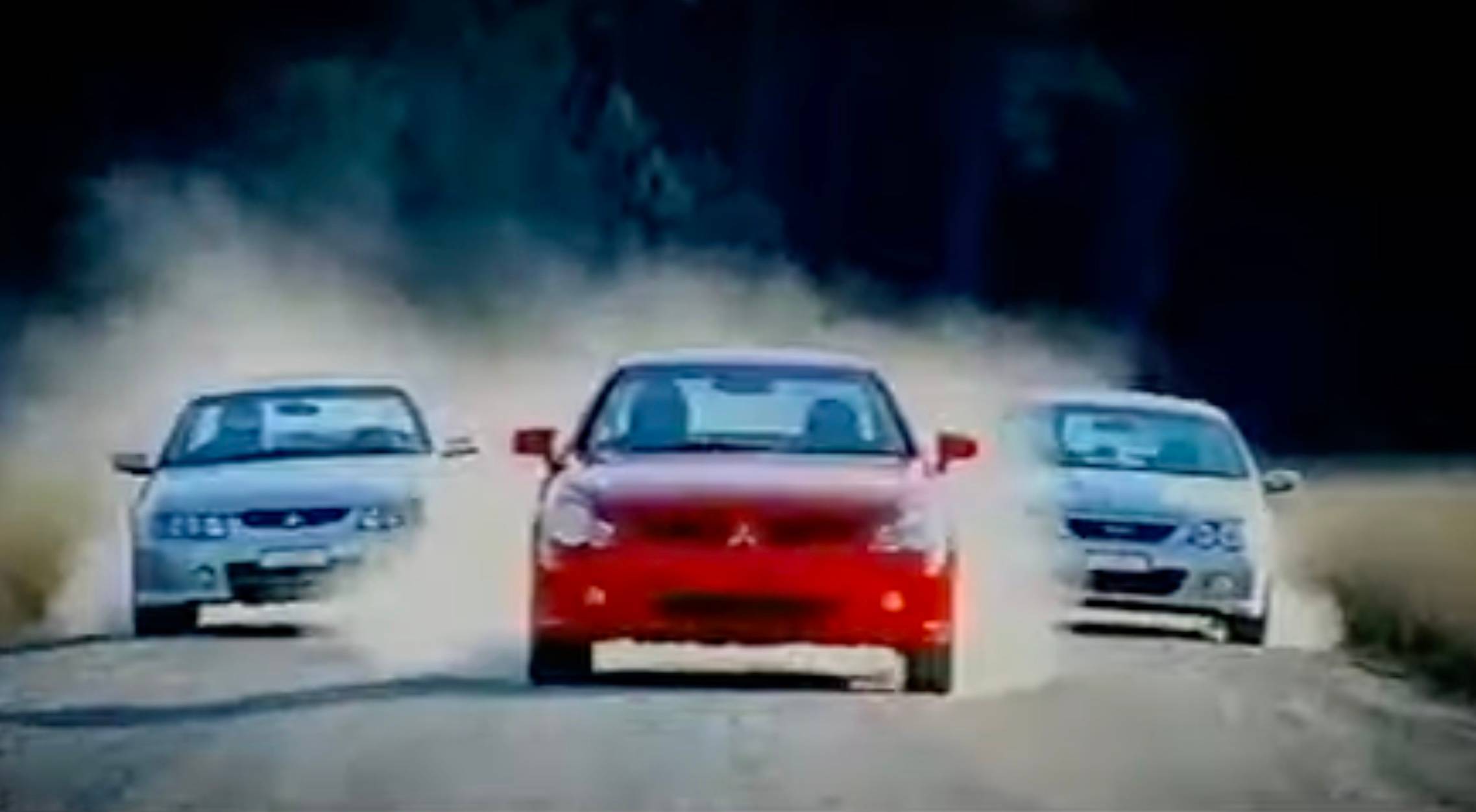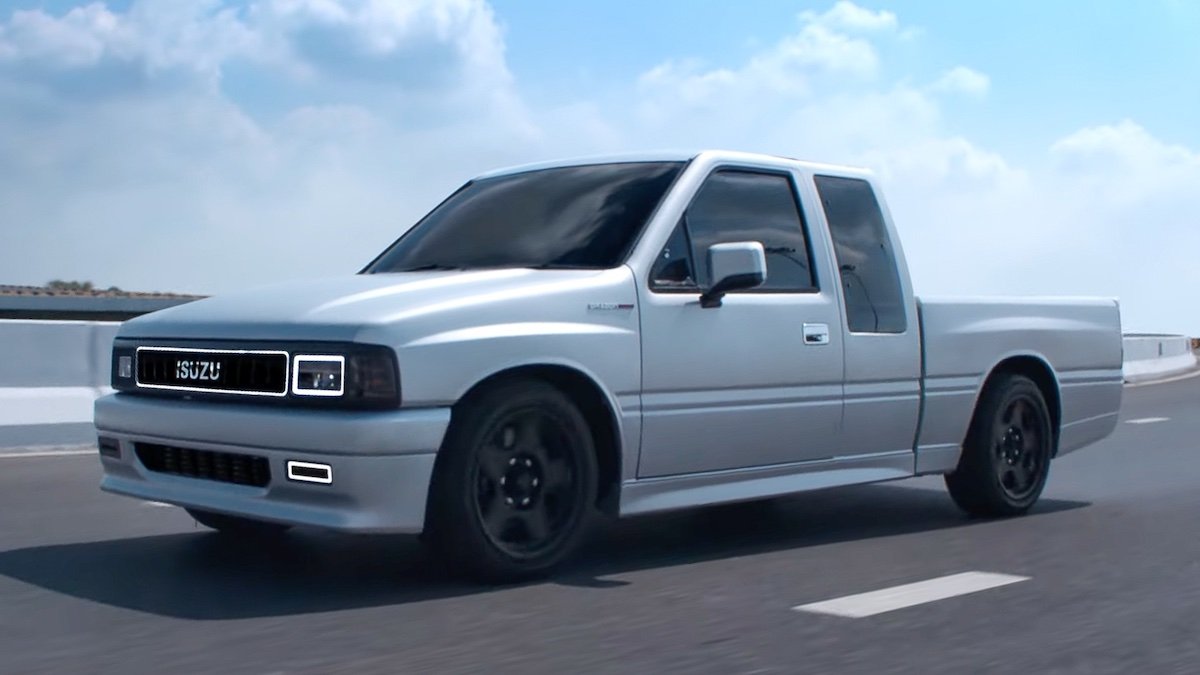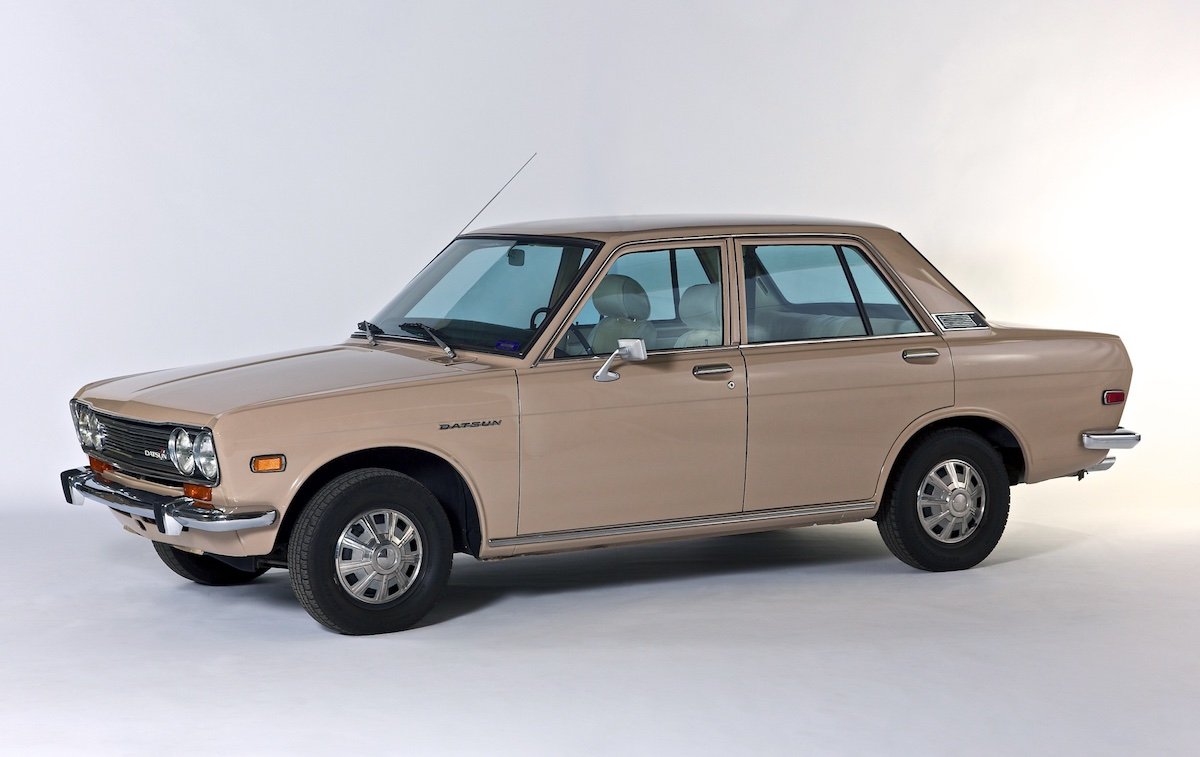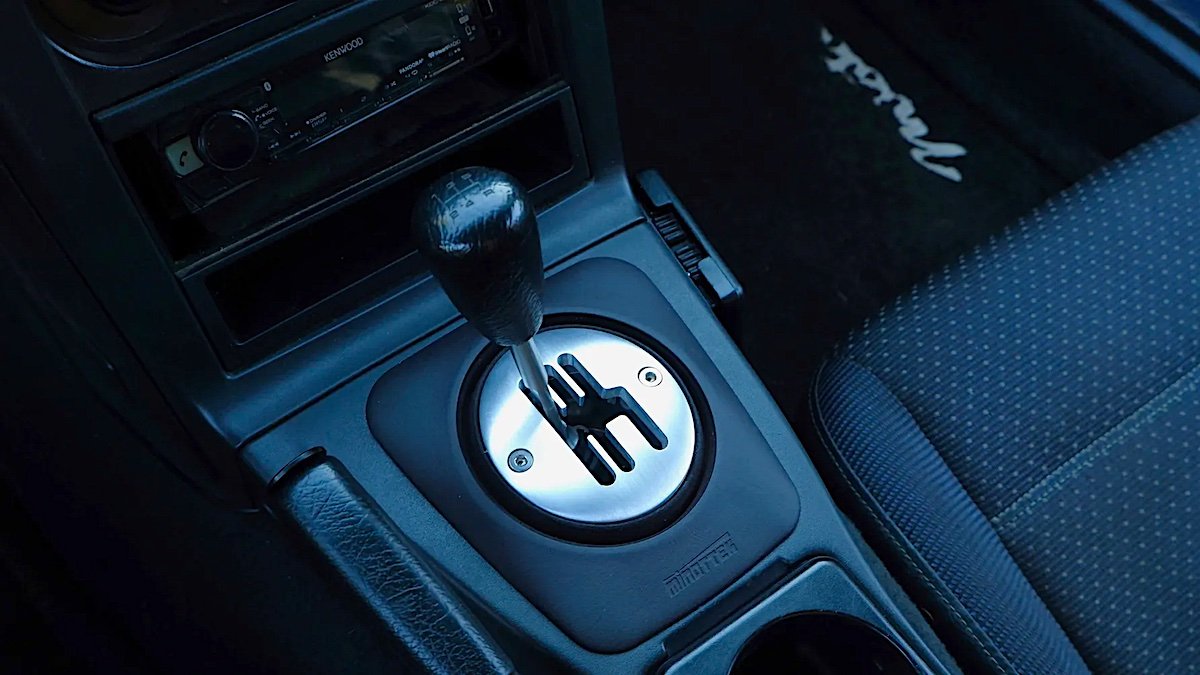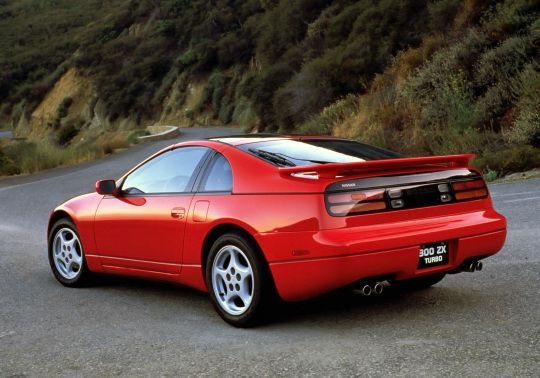
The Nissan 300ZX, a popular sports car from the 1990s, is often remembered for its sleek design, powerful engine, and advanced technology for its time. However, while the 300ZX had many positive attributes that made it a good sports car, there were certain aspects that held it back from achieving greatness in the eyes of enthusiasts and critics alike.
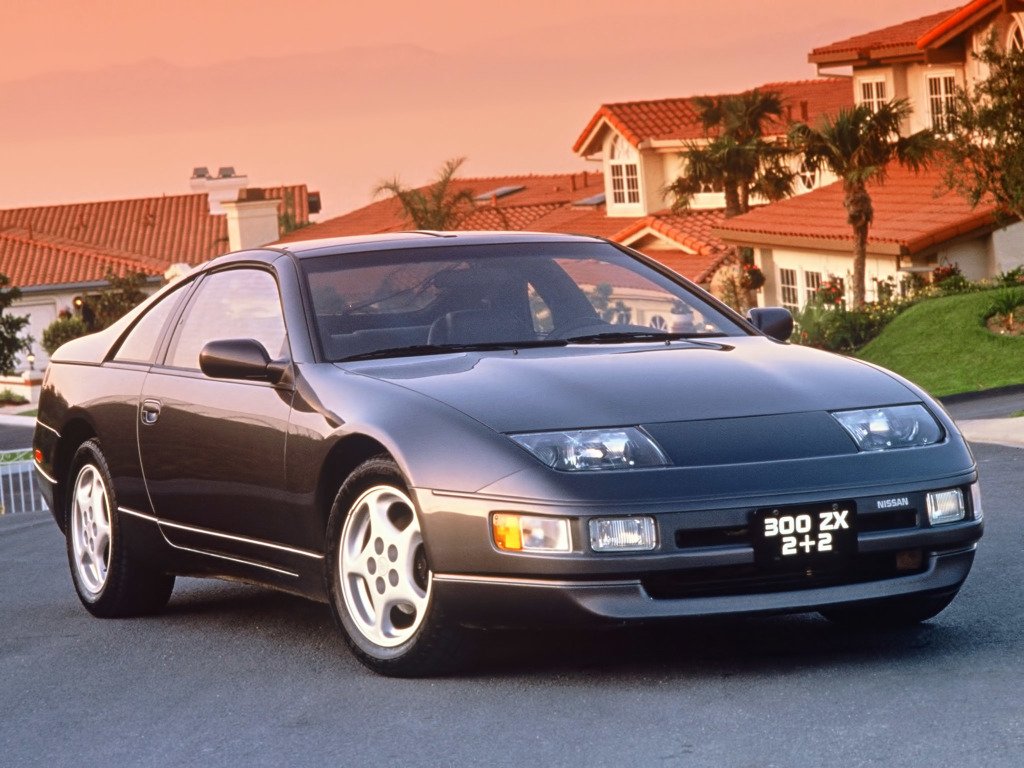
Image: wheelsage.org
One of the key strengths of the Nissan 300ZX was its striking design. With its low-slung profile, pop-up headlights, and smooth curves, the 300ZX had a timeless aesthetic that still turns heads today. The interior was also well-appointed, featuring comfortable seats, a driver-focused cockpit, and modern amenities such as a digital dashboard display and automatic climate control. Overall, the 300ZX offered a high level of style and comfort that appealed to buyers looking for a sporty yet refined driving experience.
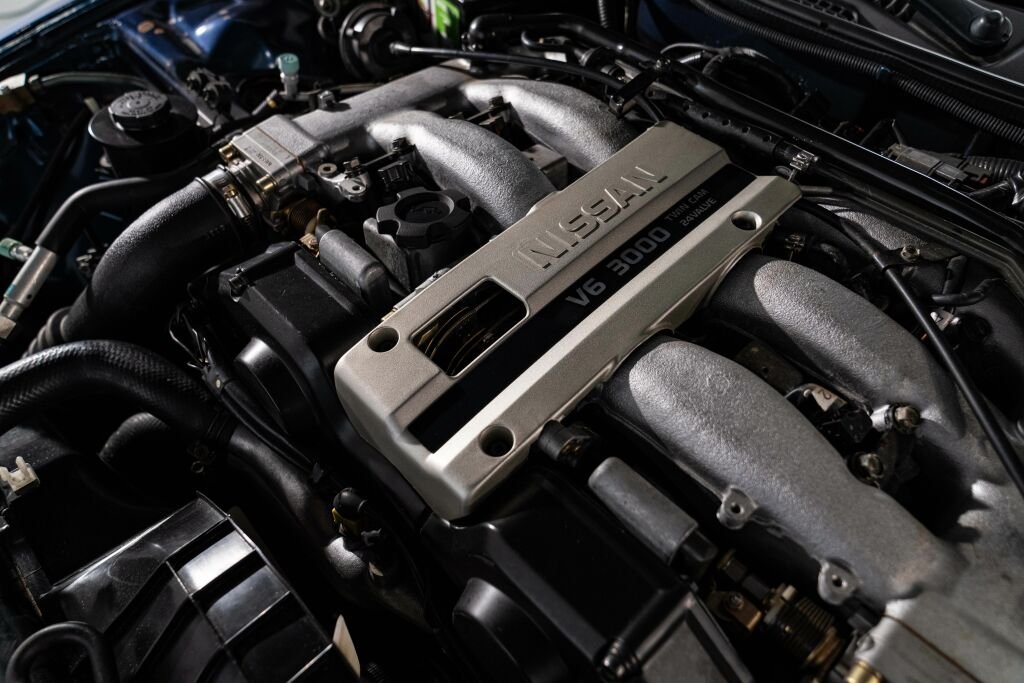
Image: wheelsage.org
In terms of performance, the Nissan 300ZX was no slouch. The top-of-the-line twin-turbocharged V6 engine produced impressive power and torque figures, allowing the car to accelerate from 0-100km/h in under six seconds. The handling was also praised for its balance and responsiveness, making the 300ZX a joy to drive on twisty roads and race tracks alike. Additionally, the 300ZX was available with advanced features such as four-wheel steering and an adjustable suspension system, further enhancing its performance capabilities.
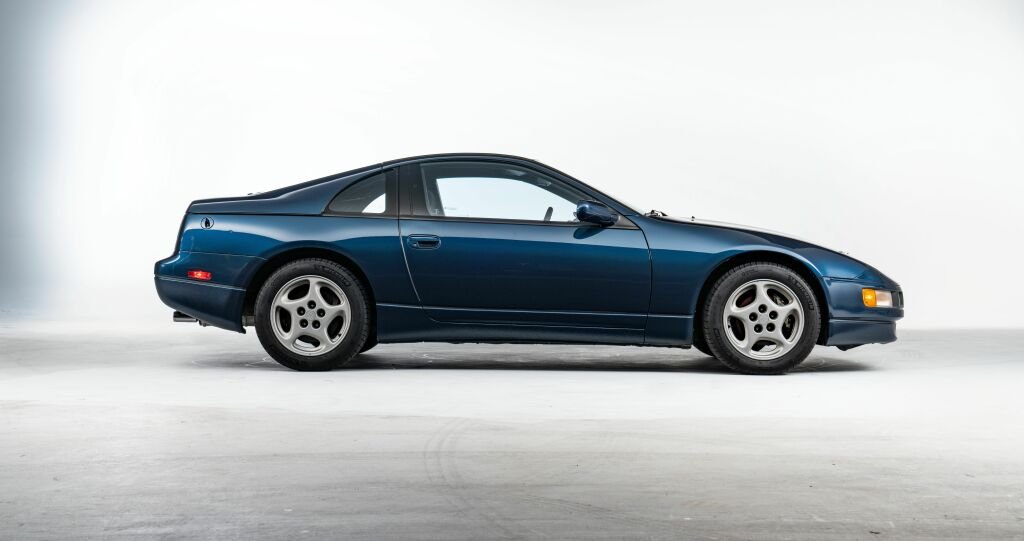
However, despite these strengths, the Nissan 300ZX fell short in certain areas that prevented it from being considered a truly great sports car. One of the main criticisms of the 300ZX was its weight. The car was relatively heavy compared to its competitors, which affected its agility and overall driving dynamics. This weight issue was compounded by the fact that the 300ZX was only available with an automatic transmission in its later years, limiting driver engagement and control.
Another drawback of the Nissan 300ZX was its reliability and maintenance costs. The twin-turbocharged engine, while powerful, was known for being complex and prone to issues if not properly maintained. This, combined with the aging technology and electronic components of the car, meant that owning a 300ZX could be a costly affair in terms of repairs and upkeep.
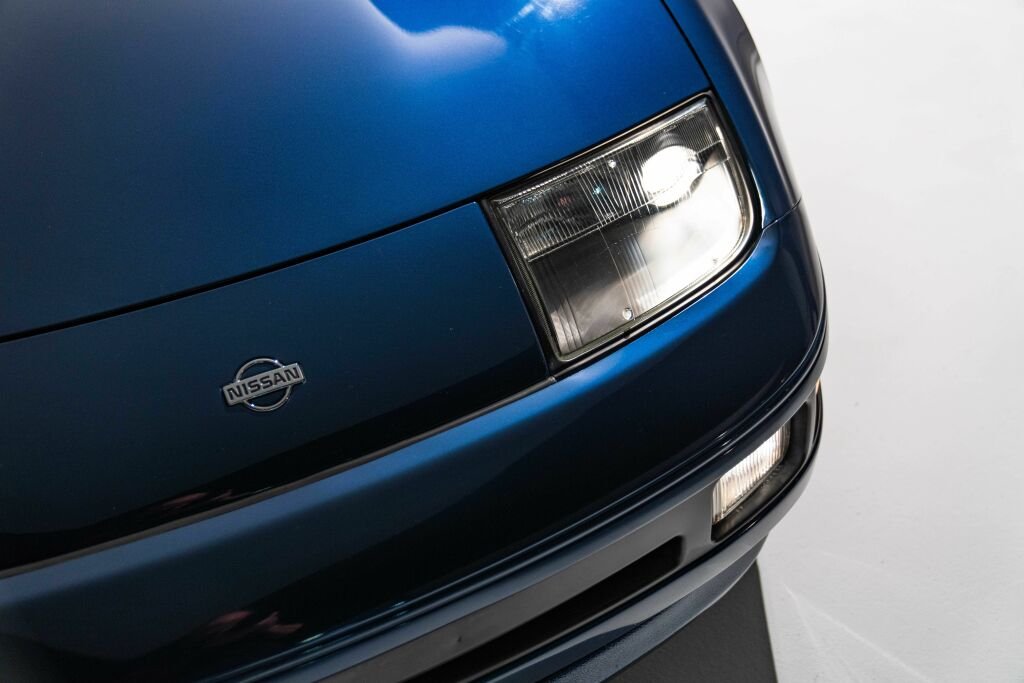
Furthermore, the Nissan 300ZX faced stiff competition from other sports cars of its era, such as the Toyota Supra, Mazda RX-7, and Mitsubishi 3000GT. While the 300ZX offered a compelling mix of style, performance, and technology, it struggled to stand out as a clear leader in the highly competitive sports car market.
Overall, the Nissan 300ZX was a good sports car that offered a blend of style, performance, and technology that appealed to many enthusiasts. However, factors such as its weight, reliability issues, and strong competition from rivals held it back from achieving greatness in the eyes of critics and buyers. Despite its shortcomings, the 300ZX remains a beloved classic among automotive enthusiasts for its iconic design and spirited driving experience.
Rich Fowler

Get The Latest
Sign up for the latest in retro rides, from stories of restoration to community happenings.


